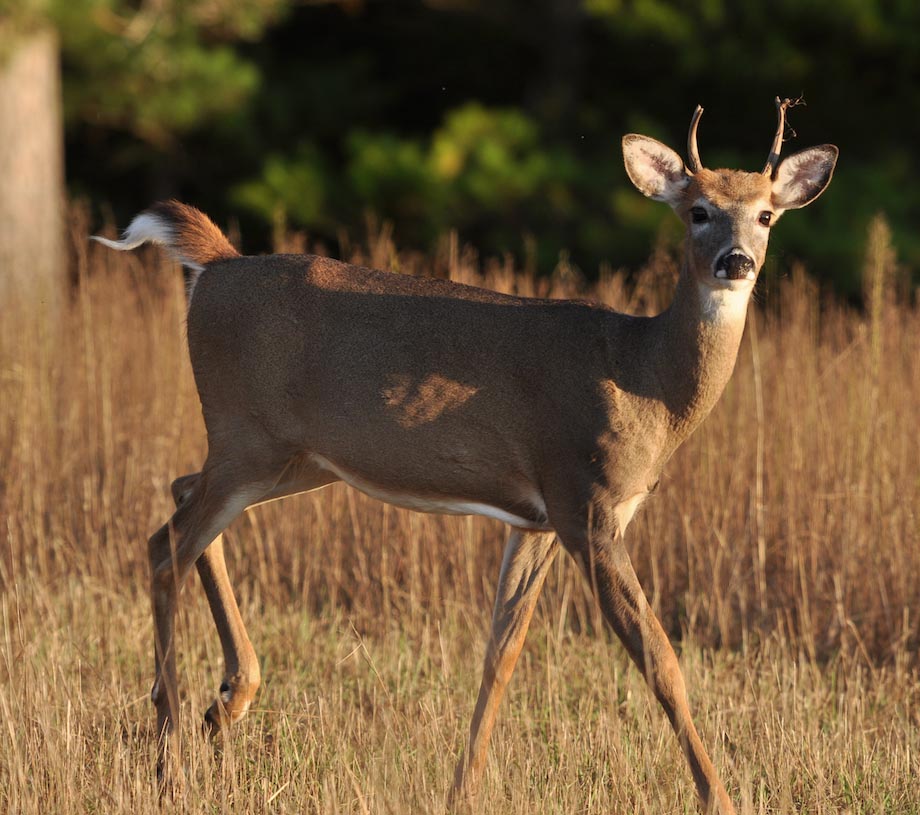As to the topic at hand, it is so hard keeping those high genetic bucks alive until atleast 4.5. I am guilty myself of killing those higher end 3.5's. No regrets here, but we do terminate the possibility of killing a "buck of a lifetime" in doing so
Everything comes down to what you REALLY want from your hunting/management, and most importantly,
what are you willing to give up to get there?
if killing the highest scoring bucks possible is your goal, and that's fine with me if it is, then you will have to give up much to get there. But hunter/managers also need to be realistic, and one of the primary determinants of trophy management is location/habitat. In essence, are you trying to manage for trophy bucks in a region that can regularly produce them? Just because you can get bucks to maturity doesn't mean you will grow a bunch of 150+ bucks. You have to have good habitat for a significant portion of the local mature bucks to grow 150+ racks.
A case in point, a client of mine has several thousand acres. They don't kill bucks until maturity. They have a ton of mature bucks. Better than 1 in every 10 bucks on the property is mature. But how many 150+ do they grow and kill? Almost none. Why? They don't have the "groceries" to grow high-end bucks. upper 130-class bucks? Oh yes, a ton of those, but not many 150+. Now look at my personal property of only 500 acres where any buck 2 1/2+ is a legit target, yet we grow a 150+ buck almost every year. Why the difference? Although my place is nearly all timber or cut-over timber, nearby are some astoundingly productive agricultural bottomlands filled with thousands of acres of corn and soybeans each year. In fact, "we" don't actually grow the top-end bucks we hunt each year. Our neighboring farmers do.
Much about successful trophy management is location, location, location.



